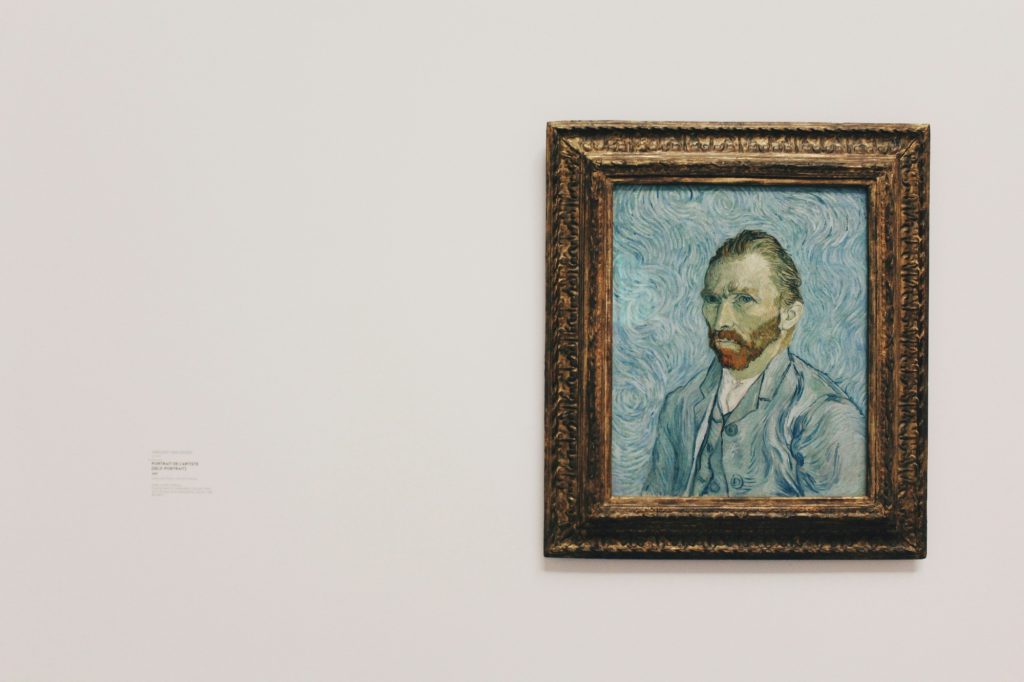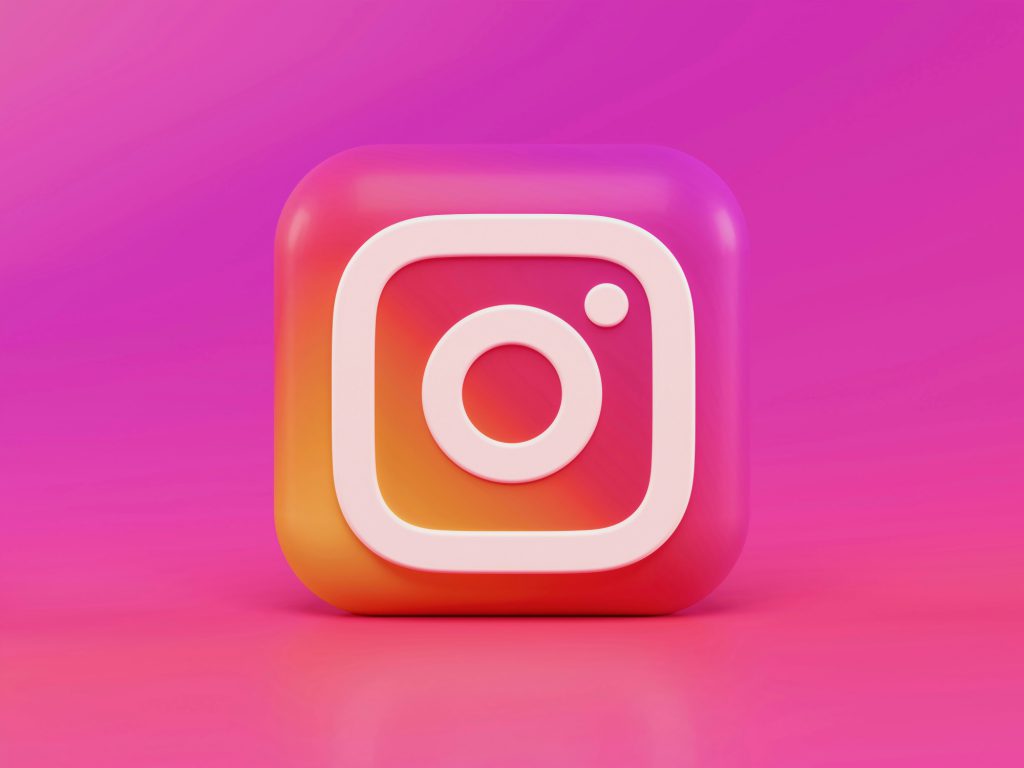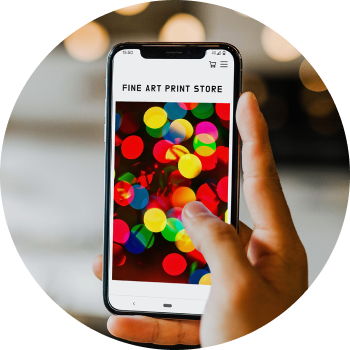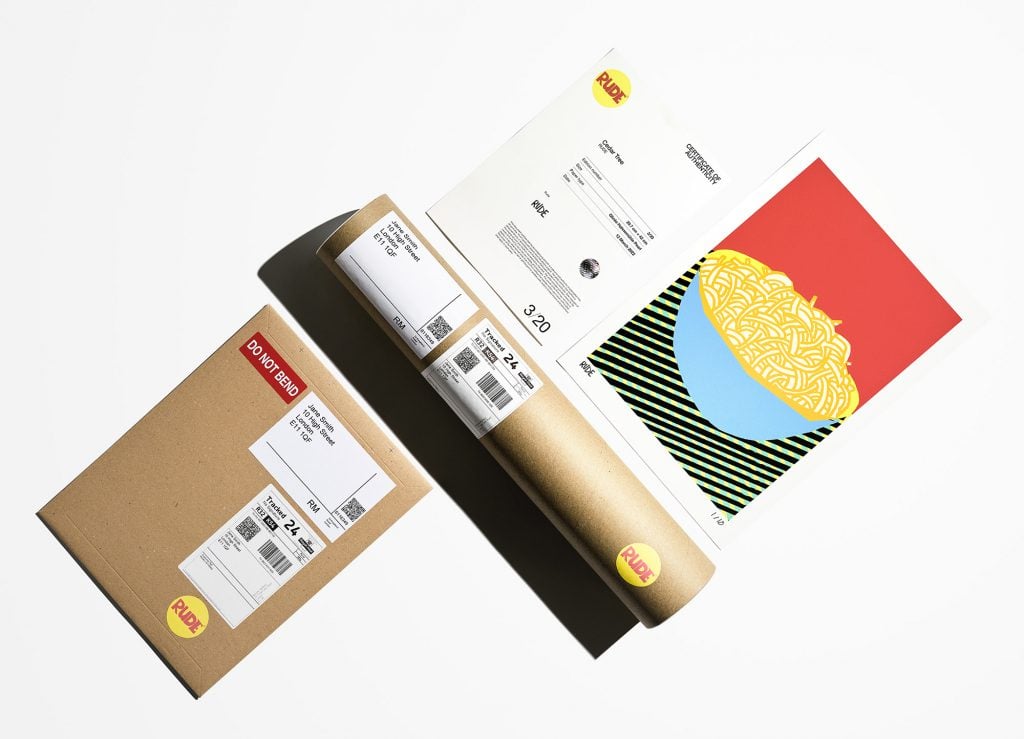
To get to a sustainable career from selling your art online is quite a journey. That said, having a roadmap will help. That’s what we aim to provide with this post.
You may be some way into the journey already, others of you may be just starting out. Knowing what step you are on is vital.
In order to get to the goal you will have to be prepared to challenge your own preconceptions; about Instagram, your own work, what constitutes great art, why other people are successful, and how people sell art these days.
Before getting into it, this post deals with ‘success’ as an artist through the singular lens of selling work. This is not the only definition of success. For many people just making art is the end in itself and everything else is a bonus. However, there’s not enough commercial advice out there for artists who want to make a full time career of it, so that’s what we provide. If you like this kind of advice, please join our free Facebook community.
Building a successful art career
This post is simply our own opinions, based on working with successful artists for 17 years helping them to sell art online.
At the heart of this post is a simple idea; building a successful career as an artist can basically be viewed as a journey in 3 parts:
- Make interesting, unique work that contains your authentic expression, and is executed to a high standard (the artistic development phase)
- Develop a highly engaged online following of at least 20k people (the marketing phase)
- Monetise that following by selling originals, prints, books etc. (the monetisation phase)
Our advice is to approach these steps in turn, focussing at least 80% of your time & effort on the step you are on.

In order to solve the step you are on, you have to know what the blocker is to you moving forward, so it’s vital to not get led into believing the wrong thing.
For example, we hear many people express issues along the lines of “Instagram has decided to not show my work to many people”. This is a commonly expressed problem, with a few possible causes. One of the possible causes is not, however, that “you have to pay to get your work seen on Instagram” or “It’s not possible to grow on Instagram now”, or variations thereof. We often see people repeat these fallacies. We would advise you not to fall for this, ultimately for the ambitious artist it’s a trap to make you think success is completely random and out-of-your-hands.
That’s not to say that it is a walk in the park to get high followers and engagement on Instagram either. You need to make engaging work, interesting posts, and Reels with hooks and narratives. The algorithm only shows images that people like and engage with, and Reels that the majority of people watch right through. We wrote a couple of in-depth articles on Reels around a year ago, and they are still completely relevant today. You can read those here.
The development phase
It is true that deeply conceptual work could have a very niche audience and will find it harder to gain social media traction because it’s a short form medium. To a certain extent, for deeply conceptual work that takes a long time to understand, this was also true before Social Media. Popular things in culture, whether it’s music, movies or art etc. that are more instantly accessible will have a wider appeal. Occasionally you get cultural things that are both instantly accessible, and also groundbreaking or deeply conceptual. These things often end up very successful…but not always as there is some luck to all of this and maybe they just didn’t get the time with the right audience to kick off the momentum.
However luck plays a far smaller part than we all think in success stories. The PR industry has a habit of framing discovery stories as happenstance, because it helps create a mythology and mystique around the work and the artist and the reality that it was deliberately planned and strategised is less fun or interesting.
If your work is highly conceptual then Instagram will probably not be the only medium you will want to use to gain the recognition you need for your work. Galleries, art publications, book publishers etc are also really important of course. That said, many conceptual fine artists do have significant social followings and do sell online; it’s just harder, and so their work needs to really stand out and be great.
Regardless of what kind of art you make, the same principles of online marketing and monetisation still apply. For example, rule #1 for everyone regardless of art type is to start growing an email subscriber list.
It’s worth asking yourself the question; is your work really not getting traction because it is too deeply conceptual? Or are your posts not engaging enough? Or is your work not engaging/ interesting enough? Can you or anyone articulate the concepts in your work? Do those concepts resonate with enough people? If your work is highly conceptual, are you giving people enough context to the work to understand it?
In terms of your work, we think it is essential to try to appraise it yourself honestly. One way to do this is to calibrate your sense of what is good and what isn’t by taking in a lot of work from other artists whose work you like.
An honest appraisal of your own work should tell you where you need to start. The marketing begins when you are confident that your work has ‘made the grade’. This certainly doesn’t mean that your work has to be perfect, it just has to have achieved a standard where it is interesting to others, and it expresses something important or genuine, and it is executed well enough.

The marketing phase
If you are confident your work has the right quality to it now you can embark on the second step, i.e. the marketing aspect to the journey, in the knowledge that if you do everything right and learn the art of making great social posts and creating engaging stories & context around your work then your following will grow and eventually get to where it needs to be to sell art in meaningful quantities. Provided you are certain your work has the right quality to it then getting to a strong position in terms of online following is 100% possible but only if you are persistent, hard working and patient, and you spend lots of time on social media looking at what is working for other artists in terms of posts.
Don’t expect to become a social media expert if you spend no time working at it. Basically, you have to really really want to get there. There are no shortcuts and outsourcing the problem to someone else (like an assistant or an agency) is highly unlikely to work or be cost effective. Generally people want to really connect directly with the artist on social media, so telling some stories that contextualise what you do but in your own tone-of-voice is vital here.
The monetisation phase
The last part of the journey is monetising this online following; i.e. selling your art online. This is actually the most straightforward part. This is about growing an email subscriber list, charging the right prices for your work, not making it abundant, getting people excited about a print release with a big build up, showing the quality of the prints clearly through great images on your store…and a load of other things. Luckily, our Facebook group goes into the most detail on this stage.
There is definitely a degree of overlap that can and should go on with the stages…but with caveats to understand the pitfalls of doing so.
You might still be developing your work. However, if you have reached a certain level of confidence about it, based on genuine feedback and calibrating your views as to what constitutes good work by looking at plenty of great work, then you are ready to get feedback from the potential audience on stage 2.

Data-driven art sales decisions
Social media is a great place to get feedback. However you need to understand how to make good social posts otherwise you could mistake a lack of engagement for a lack of interest in the work itself. In other words the work has to be good, but so does the post.
Alternatively, if you do everything right in stage 2 in terms of making decent posts, and you get low engagement, or you get good engagement but it doesn’t lead to sales, then you have to be prepared to objectively analyse why. It doesn’t mean that it isn’t great work, it could be really niche or very groundbreaking. Or it might not have reached the right standard in terms of originality, execution, or artistic expression that it needs to have reached. Being objective here is the key. Of course that’s hard when it’s your own work, but if you can learn to do it then it’s a real superpower.
If you have very low engagement or your work isn’t good enough yet, and you offer your work for sale, i.e. overlapping stage 2 & 3, then you will waste a lot of time that you could spend on developing your artistic practice.
If your work is great, but your engagement is low because you have not nailed step 2 yet, and you move to step 3 prematurely then you’re in danger of seeing low sales numbers from your print/ original releases. This could create doubt and uncertainty about your work or the process of getting sales for it, whereas in fact maybe just not enough people saw it.
Online art sales benchmarks
Knowing the benchmarks here is vital to navigate this. On average 1.7% of Instagram traffic buys a print, compared to 5% of people who click through from your marketing emails. However there’s an element of randomness in the sales so really on a drop you need at least 300 visitors to your store to get a good idea of how the sale is performing. With this number of visitors you would expect 3-8 sales if they came mostly from Instagram and around 9-15 sales if they mostly came from your email marketing.
If your traffic is good but your conversion rate is low, and you see this consistently over 3 or 4 art print releases then your work is either not executed well enough, or unique or interesting enough, or the subject matter is too niche or conceptual, or it is not the kind of work that people usually put on their wall. So you either need to go back to stage 1 if it is down to the “quality” work, or sell through galleries or make books or publish the work in other ways or if it is down to the style or subject matter.
If your traffic numbers are really low then your conversion rate will be unreliable (due to the randomness of sales). In this case it’s hard to draw any real conclusions for running a sale.
In summary, being objective is the key to following this process. This means brutal honesty with oneself about where you are at, and what you need to get to where you want to go. This should also be combined with a healthy optimism about your ability to learn new things.
Best of luck with the journey wherever you are at with it, and please remember to join our Facebook group if you found this post interesting. Also don’t do all the hard work above and then fall at the final hurdle by not blowing the minds of your buyers with the quality of the prints and the efficiency of the service. We are the world’s only truly global fine art dropshipper, so check out our services here.



